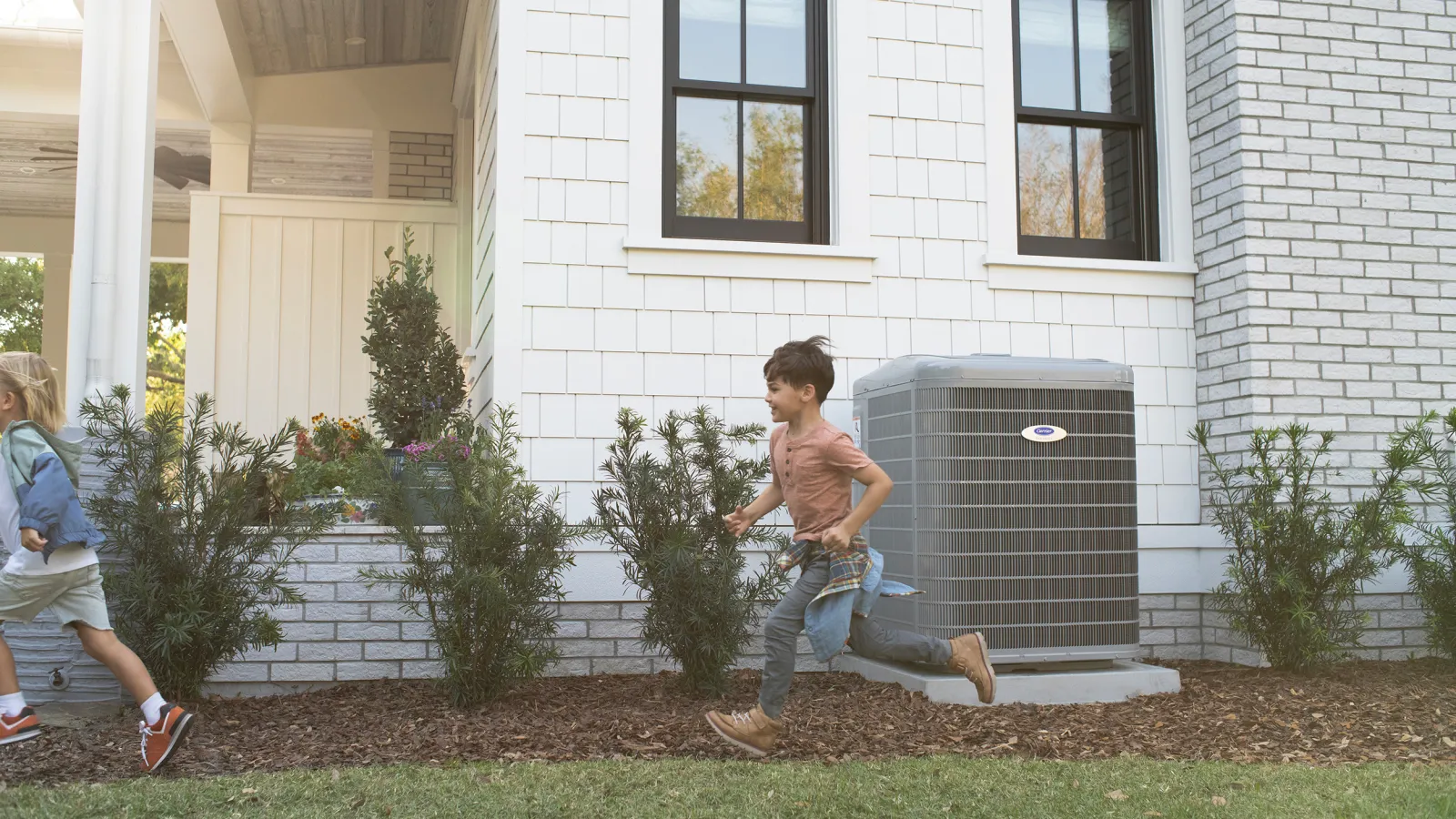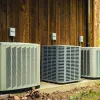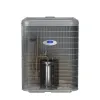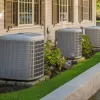Updated: October 16, 2023
Pretty much everyone who gets a variable-speed air conditioner loves what happens afterward.
More consistent cooling throughout the home, lower energy bills, much less AC noise, and just an overall more comfortable home. That’s what you get with a variable speed system. And yes, one of the reasons you get these benefits is because of PV Heating, Cooling & Plumbings superior ability to remove humidity when compared to standard systems.
But what do we mean when we say these systems might reveal your humidity problem? First, let’s go over why variable-speed ACs are so great at getting moisture out of your home.
Why are variable speed systems so good at removing humidity?
If you have a standard AC, it runs at one speed any time it turns on — a very high speed.
Say you set your thermostat to 75 degrees. When it’s 75 degrees or cooler inside your home, a standard AC doesn’t run at all. It’s always off. The AC only turns on (and runs at full blast) when the temperature hits 76. Then it turns off again after bringing the temperature down one degree.
During all of the time that the AC is off, humidity from the outdoors is infiltrating your home. The AC removes some of that humidity when it does run but remember it’s not running all the time. It’s designed to respond to fluctuations in temperature, not humidity.

Variable speed systems run pretty much all the time.
So we’ve established that the longer an AC runs (and the less time it spends not operating), the more humidity it will remove from your home.
Well, this is where variable speed systems excel! Instead of turning off when the thermostat setting is satisfied, they slow down and run at a very low speed to maintain the thermostat setting without having to turn it off.
And all the time they’re running, they’re removing humidity.
You can configure a variable speed system to respond to humidity fluctuations.
Nowadays, most variable-speed air conditioning systems come with a matched thermostat that includes a dehumidification mode. You can set it so that the system keeps running until the relative humidity (RH) dips below your comfort threshold: 55%, for instance.
Note: You don’t need to use dehumidification mode to enjoy all the benefits of a variable speed system. It will reduce humidity, run quietly, and use minimal energy no matter what. The dehumidification mode just gives you even more control over humidity, if you want it.
This is a great feature in one sense because you get more control over your home’s humidity levels. When you start tracking RH on the thermostat, you may start to notice how low the new AC can bring the level down!
But if your humidity problem is really bad, a variable speed AC set to dehumidification mode can also…
Overcool your home
And that might be a little annoying.
You might like it to be an even 75 degrees in your home. But if you set the thermostat so that the AC runs until it achieves 55% RH, it might keep running until your home is 72 degrees. Some people would find this too cold.
The good news? You’ve learned something about your home.
It gets a whole lot of air infiltration from the outdoors.
This is particularly common in older homes (pre-1990s, say) that weren’t built to be airtight and energy efficient.
Gaps and cracks around attic and floor penetrations, not to mention doors and windows, let in lots of moisture around the clock. So much moisture that the air conditioner struggles to maintain a comfortable humidity level.
This is the humidity problem that a variable speed AC might reveal. If you have to overcome your home just to achieve a reasonable RH percentage, you’ve got a lot of air leaks.
So what can you do? There are two different options.
Well, there are three. The first is to keep overcooling your home. Or you can just set the thermostat so that the system cools to a comfortable temperature, even if you don’t achieve your desired RH level.
But that’s not what you want to do. You want to solve your humidity problem! Here’s how:
1. Air seal your home
To do this right, you need a home performance pro to analyze your home using special equipment.
They’ll set up a blower door to depressurize the house. Then they’ll scour each room with an infrared camera and identify the areas with the most air leakage.
After that, they’ll come back and seal the leaky areas with closed cell foam or caulk. In the end, there will be fewer places for humidity to enter your home.
This might solve the problem on its own. If it doesn’t, you can always…
2. Install a whole-house dehumidifier
These systems connect to your ductwork and remove all of the humidity that your AC couldn’t get rid of on its own. When a pro installs a whole-house dehumidifier properly, it’s really the ultimate solution for humidity management in your home.
It will even keep humidity levels low during the spring and fall when you aren’t running the air conditioner.
Variable speed is awesome even if you don’t do anything else about humidity.
A lot of people want to take additional action to get humidity under control, but you don’t have to. Compared to the standard AC you’re replacing; variable speed equipment does a better job removing humidity even if you don’t do that other stuff.
In other words, variable speed is a big improvement in comfort no matter what.
If you’re considering a variable-speed AC for your Atlanta area home or you’re struggling with humidity management, we can help. Get in touch today and we’ll set something up!






